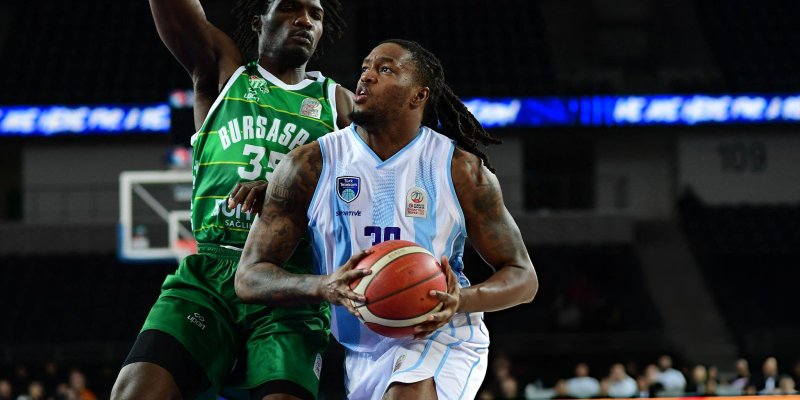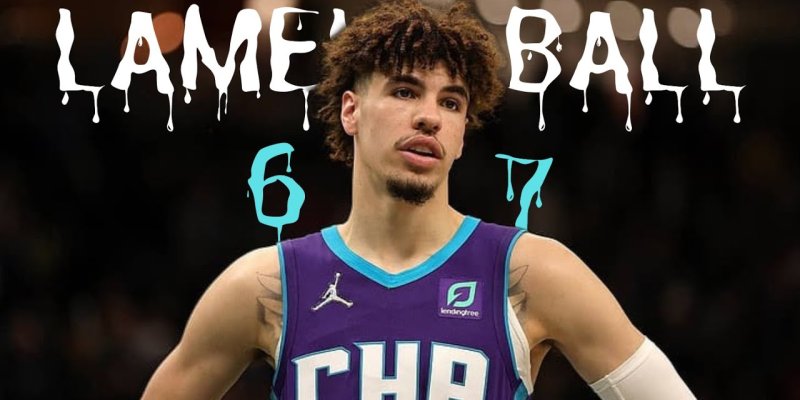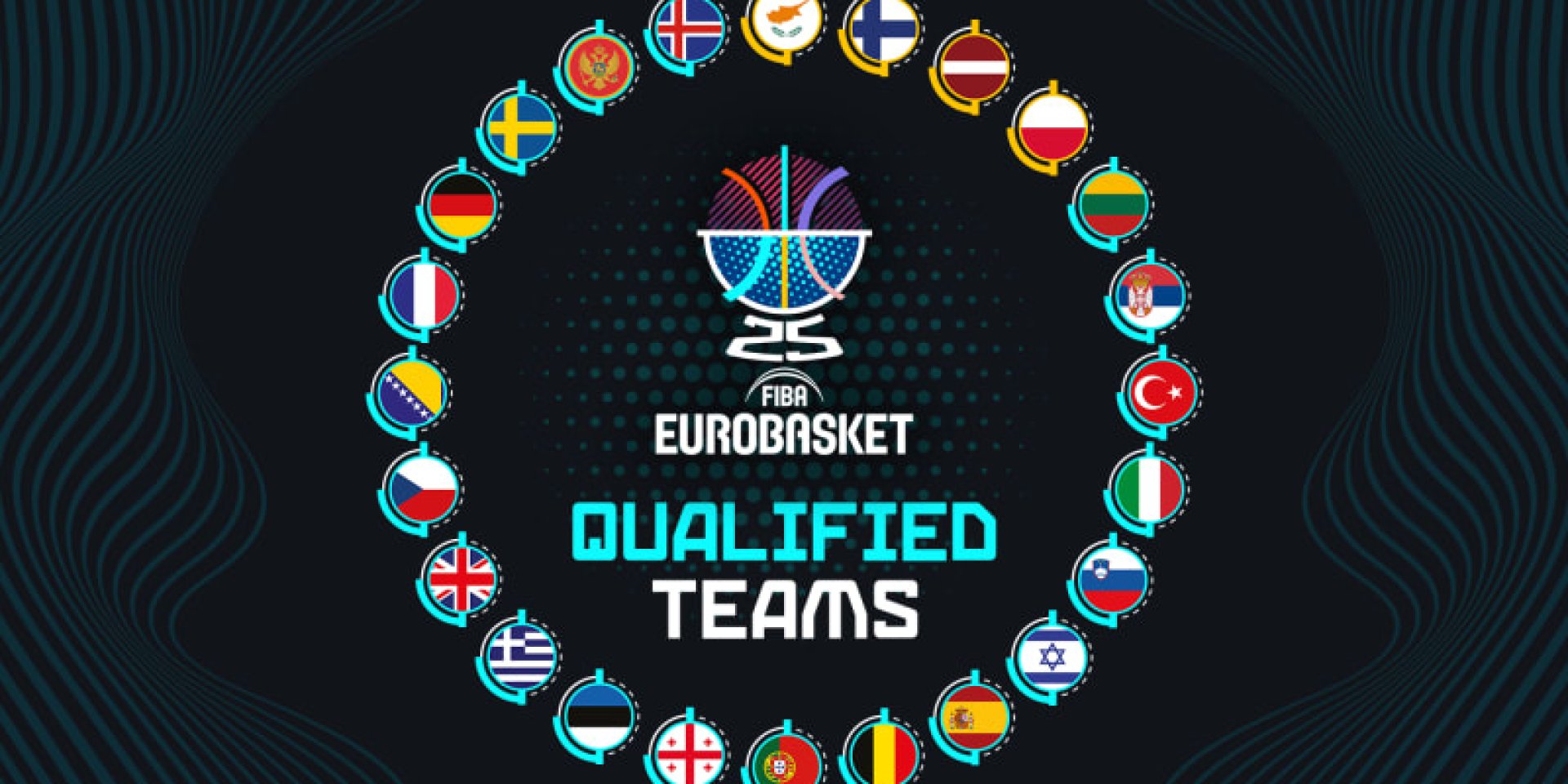
European basketball returns to the main stage — and this year the spotlight is less on whiteboard X’s and O’s and more on people. A record NBA contingent turns EuroBasket-2025 into a parade of individualities: some carry a nation’s expectations, some undergo a rite of passage, others try to extend an era. The intrigue isn’t about who has the deeper rotation but about whose individual game will withstand a short, nerve-wracking tournament.
Favorites Under the Spotlight: Jokic, Doncic, Antetokounmpo
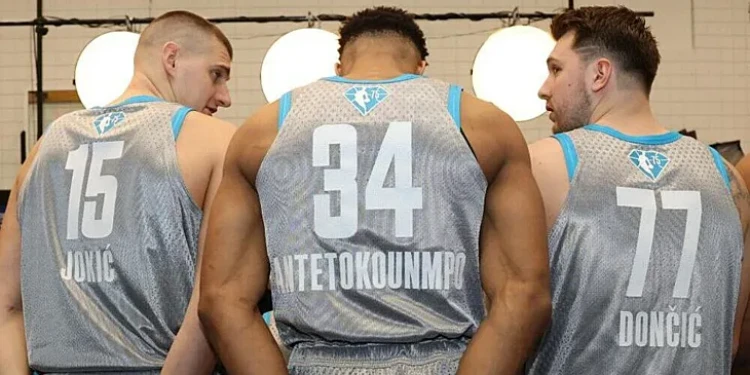
Nikola Jokic is the primary test of Serbia’s psychological toughness. In the NBA he is used to shouldering the usage load and turning teammates into gold, but wearing the label of outright favorite with the national team is a role where any stumble looks catastrophic. Serbia have enough shooters and handoff actions to play “Denver” basketball around Jokic, but the main risk is mental: as soon as a team starts expecting “easy” wins, the half-court offense loses pace, and opponents boldly sag off the weak side and suffocate with back-side doubles.
Luka Doncic is the tournament’s anomaly. Slovenia arrive without depth, but with a man who can drop 50+, pile up a monstrous triple-double, and drag “one against five” on any given night. Still, in the chaotic EuroBasket playoffs even Luka is vulnerable: teams will build a wall, force him left, blitz after the pick-and-roll, and make the ball live without him. Will the new physique help, will he speed up decisions, and will he trust teammates with the shot — Slovenia’s entire plot hinges on it.
Giannis Antetokounmpo traditionally plays like a natural phenomenon in Europe. Transition, the eurostep, and drawing fouls in bunches — all are guaranteed. But Greece often runs into the “team of Giannis” problem: without width and stable shooting, opponents close the paint and the giant is forced into non-system hero ball. The question for the staff is simple: will discipline and proper spacing be enough for the monster to work within structure rather than alone?
Changing of the Guard: France, Germany, Spain
France are launching a new era. Alex Sarr and Zaccharie Risacher are the faces of the next decade, and they are not given time to ease in: straight into key roles. Sarr is not as dominant as a pure rim protector as Rudy Gobert or Victor Wembanyama, but he reads the switch and moves on the perimeter — reshaping the geometry of Les Bleus’ defense. Risacher is a scorer of the future: athleticism, off-ball game, and sneaky backdoor cuts. The glue is Guerschon Yabusele: he must steady the youngsters’ emotions, cover the dirty work, and, if needed, take the last shot.
Germany have already proved they can live without relying solely on Dennis Schröder’s charisma. The logic of development points to the control room shifting gradually toward Franz Wagner. Wagner is an NBA-caliber all-in-one: pick-and-roll passing, midrange pull-up, and attacking mismatches with his back to the basket. The Germans do not need wholesale change — just the right emphasis so that Schröder manages pace and Franz closes the key possessions.
Spain are also re-stitching their DNA. Santi Aldama is the new face of La Roja. His face-up game from the four and perimeter threat keep the defense stretched, but Spain need not just versatility; they need a star who can grab 8–10 points “out of thin air” at the end of a quarter. If Aldama adds bite on the glass and calm in the clutch, this version of Spain will sound louder than it looks on paper.
Balkan Line of Fire: Serbia and Around It
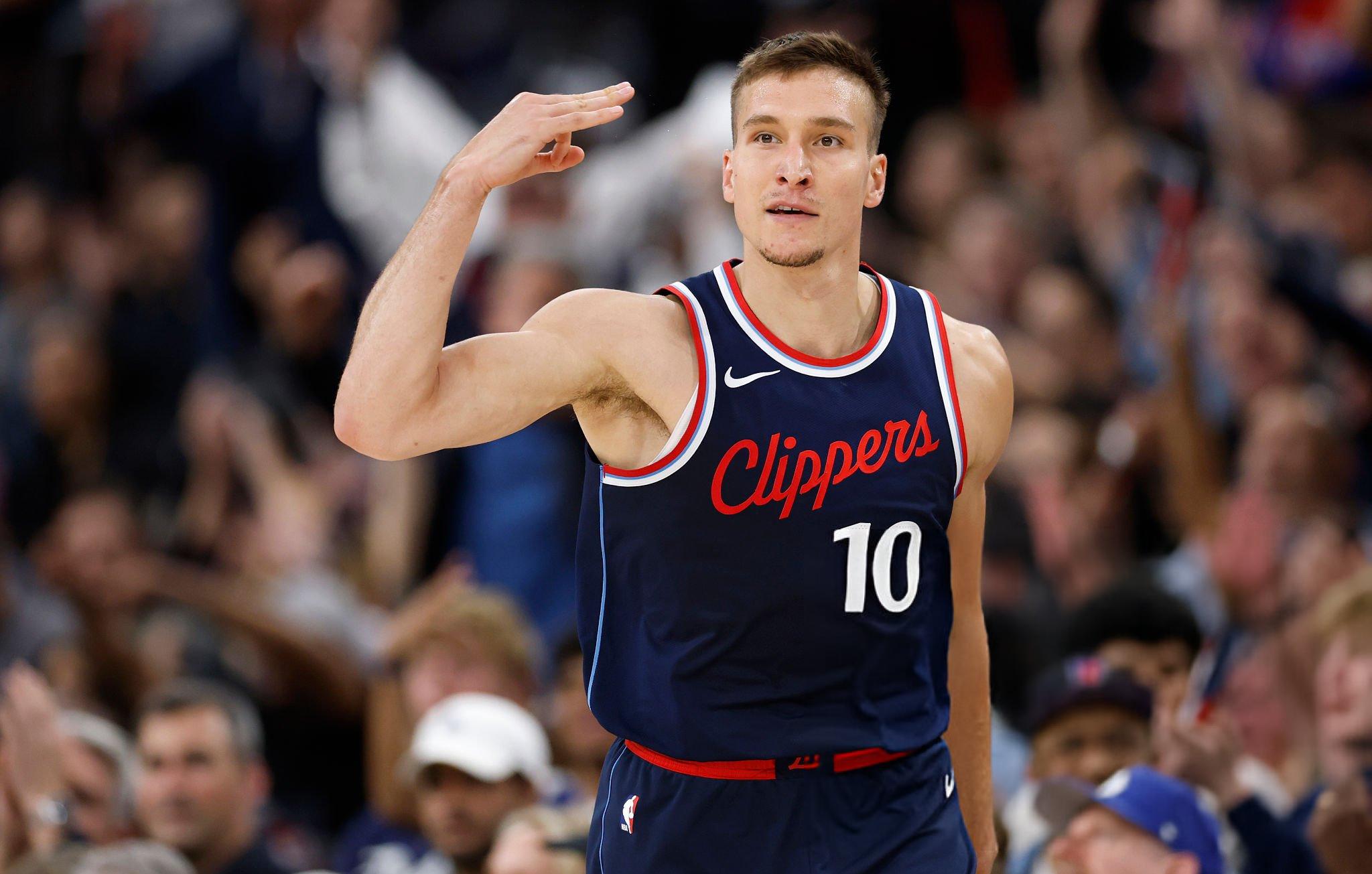
Even if everything in Serbia revolves around Jokic, there is a second engine — Bogdan Bogdanovic. In the national team he is different from his NBA version: more freedom in decision-making, more off-screen shots, more boldness. When the defense fixates on Nikola, Bogdan must burn seconds with flare screens and make catch-and-shoot decisions. If he avoids the on/off swings, Serbia look like a team steamroller.
Montenegro live through Nikola Vucevic’s last big campaign. Forty percent from deep at the five is not merely decoration but a systemic pick-and-pop resource; it opens lanes for the two-guard and forces opponents into awkward closeouts. The eternal question: will Vucevic’s tidy numbers translate into knockout-round wins?
Bosnia need Jusuf Nurkic in full anchor mode. The team are overly dependent on his screening angle, rebounding, and volume rim protection. If Nurk controls the tempo, releases the ball quickly out of doubles, and avoids emotional fouls, Bosnia transform from “pass-through” to an uncomfortable match-up.
The Latvian Factor and the Northern Big Four
Kristaps Porzingis is arguably the tournament’s most intriguing personal track. Latvia have already shown they can play smart and connected, and Porzingis as a stretch five transforms the offense: pick-and-pop, trailer threes, and instant punishment for any strong-side help. If his health holds, Riga have a superstar who needs just one week to flip a bracket.
Lauri Markkanen is the northern Dirk for 2025. In preparation he poured in 30–40 as if off a conveyor belt — not a coincidence: step-back threes, face-up play over smaller defenders, and rare but lethal forays into the post. Finland seldom challenge favorites systematically, but Markkanen forces everyone to build a special game plan for him.
Deni Avdija as “a poor man’s Luka”? Too lazy a cliché. He grew in an unfavorable NBA environment, but he grew: reads the short roll better, hits open threes more confidently, and defends three positions. With Israel he gets the ball and responsibility — and here we will see how much that growth converts into wins when every possession is heavier and defenses are smarter.
Veterans' March: Valanciunas and the Legacy of the Post
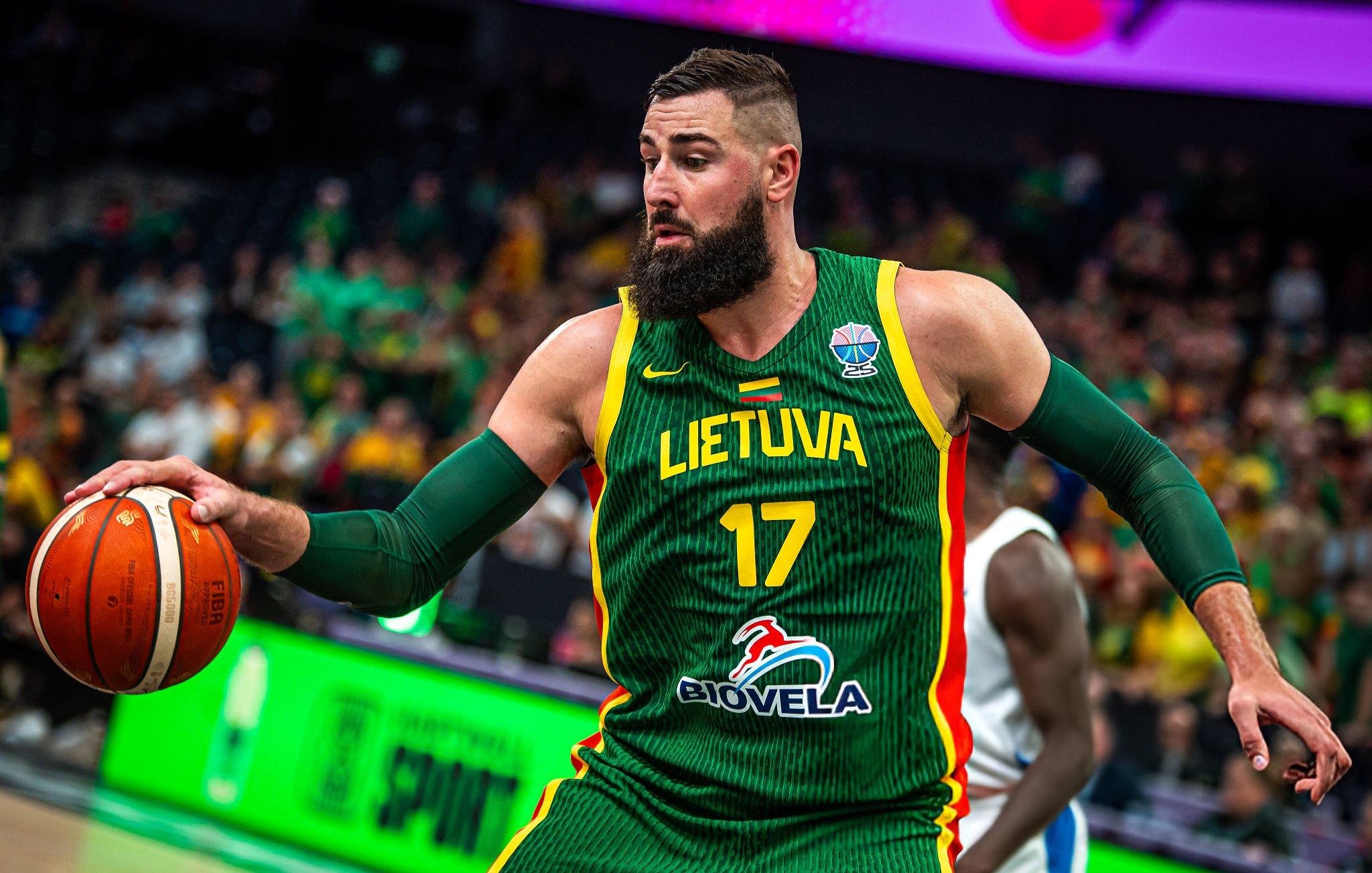
Jonas Valanciunas is a living marker of time. There was a day when his block dominance and double-doubles were Lithuania’s ticket to the podium. Today European basketball is faster, shorter, and wider. Yet Jonas still changes the math: he draws fouls from opposing fives, vacuums up second chances, and punishes a small after a switch with his back to the basket. If Lithuania balance “old-school post” with modern drive-and-kick, this could be their best tournament in years.
The 'Supporting Cast' Worth Tuning In For
Pelle Larsson (Sweden) is a model of the new-wave role player. Intelligent cuts, point-of-attack toughness, fearlessness in contact. Such details rarely make the highlights, but they are exactly what make small national teams more mature. Watching a player “without a star on his chest” carve value out of neutral episodes is a pleasure of its own.
Neemias Queta (Portugal) is a chance to understand what a vertical threat truly is. He does not need to shoot threes to matter: a proper screen angle, a short roll, lob threat, offensive rebounding — and suddenly the opponent’s big must sink deeper, opening the arc for Queta’s teammates. For viewers it is also a way to expand the tournament’s geography: Portugal provides the exotic, Queta provides clear, simple basketball value.
Simone Fontecchio (Italy) is a master of the moment. Movement shooting, hiding behind staggered screens, and firing without preparation — exactly the stuff that breaks favorites. Italy stand on a generational threshold: the Gallinari–Melli era is fading, and one bright Fontecchio series can be a bridge to the future.
The Turkish Experiment: A 'Mini-Jokic' Named Sengun
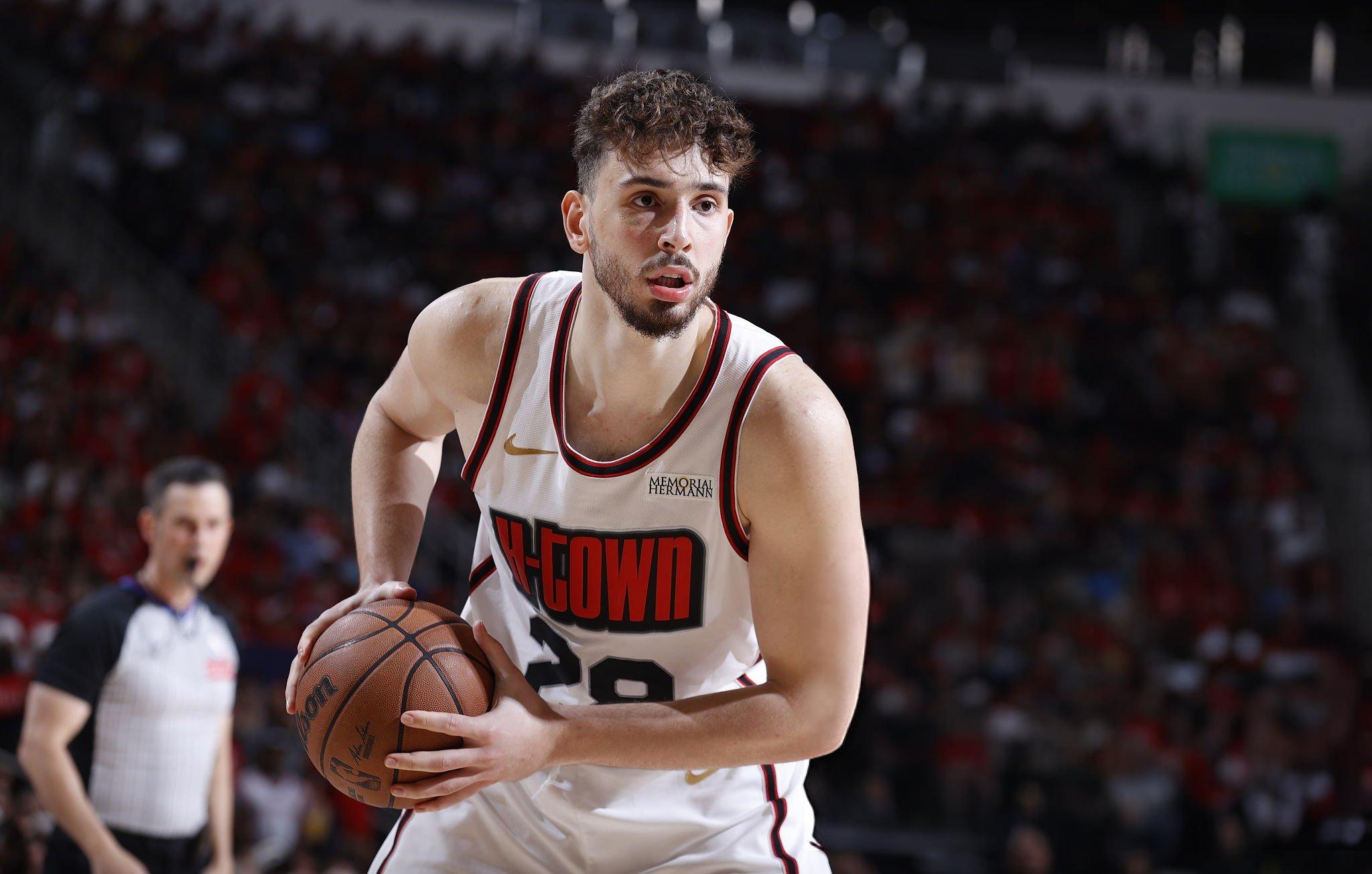
Alperen Sengun has openly set a medal as his goal — and that is no empty talk. High-post passing, read-based handoffs, and improved range all look like Turkey’s offer to go beyond expectations. On defense he must answer the same NBA question: how to survive the pick-and-roll without an excessive drop, and how to avoid becoming prey for switch-hunters? If Alperen maintains energy on both ends and stays out of foul trouble, Turkey can cast a shadow over someone’s celebration.
Germany Between Speed and Control: Schröder vs. Wagner
Dennis Schröder is one of Europe’s most impactful point guards when he plays under European rules. The shorter arc, contact, the sharp first step — all of it pops here more than across the ocean. For Germany to reach medal day, they need a fine balance: Schröder should accelerate, Wagner should close. Add typical German defensive discipline and ice coverage on side pick-and-rolls, and the team will once again land in the top tier.
France's Bridge to the Future: Yabusele, Sarr, Risacher
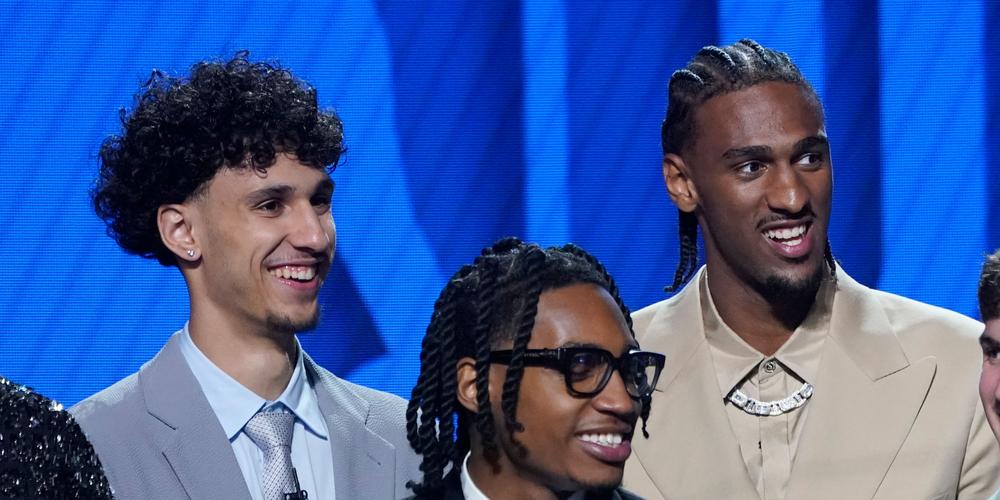
Let’s return to France, because the most interesting “passing of the baton” is there. Guerschon Yabusele promises to be everywhere — from the glass to the last shot. Sarr must already go beyond simply “switching onto smalls” and punish from the post when the opponent slip into a switch frenzy. Risacher adds what France have lacked in tight spaces: a straight line to the rim on the weak side and an attack that accelerates after a single pause. Not everything will be smooth, but there will be a lot of real-time growing up.
North vs. South: Styles Set to Clash
Finland and Latvia play through width and tempo; the Balkans through reads and contact; France through depth and defense; Germany through rationality. The beauty of EuroBasket is that in a week we will see schools collide: drop vs. switch, a narrow “post” vs. 5-out, isolations vs. systemic Spain pick-and-roll. Against that variety, the primacy of personalities becomes even clearer: one super-series can flip a bracket, one collapse can end a tournament.
Why You Should Watch Every Game Day
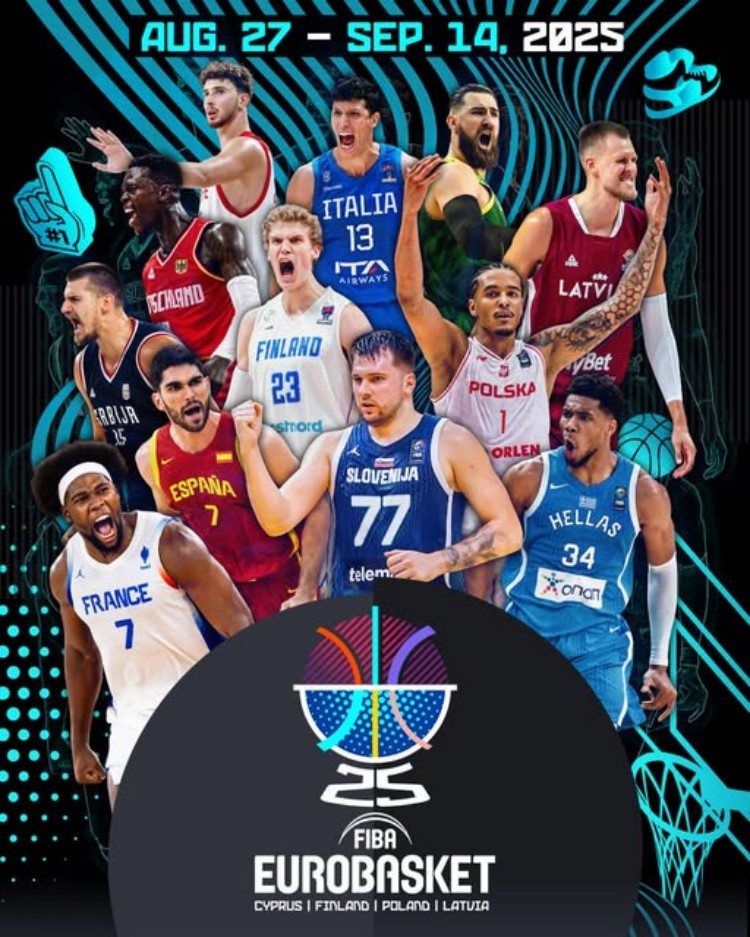
Because this is a championship of soloists in a team sport. Watch Jokic — to see whether he can be the favorite and still stay himself. Watch Doncic — to see how the new version of his body and game survives Europe’s chaos. Watch Giannis — to confirm, yet again, that even on a tight court there is room for transition poetry. Watch France — to witness the birth of the Sarr + Risacher duo under Yabusele’s guidance. Watch Germany — for the handover of power. Watch Spain and Aldama — to see how quickly a style can be rewritten. Watch the northern snipers Porzingis and Markkanen. Watch for Valanciunas, the last bastion of the post. And watch for the supporting cast — Larsson, Queta, Fontecchio — whose value is obvious to anyone who looks at the details.
EuroBasket-2025 promises not so much perfect team scores as bright solo parts on Europe’s unforgiving chessboard. The fire lies in that mix: short distance, dense defenses, nerves you can hear through the screen. Watch every game day — there are far too many stories here to choose just one.

